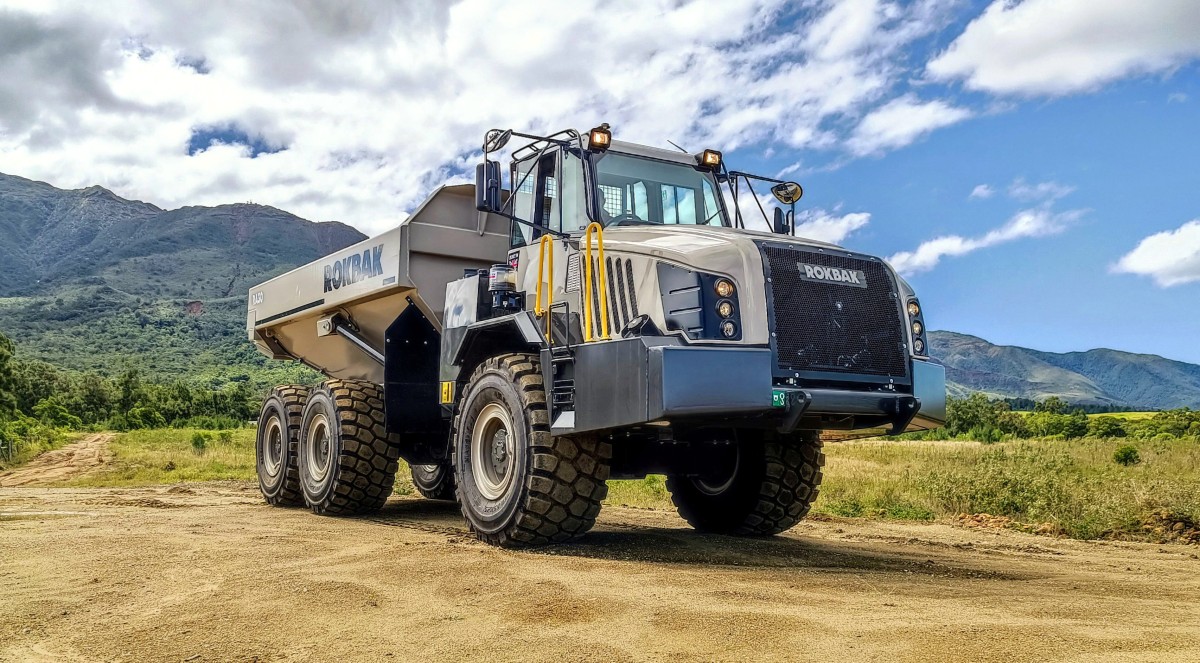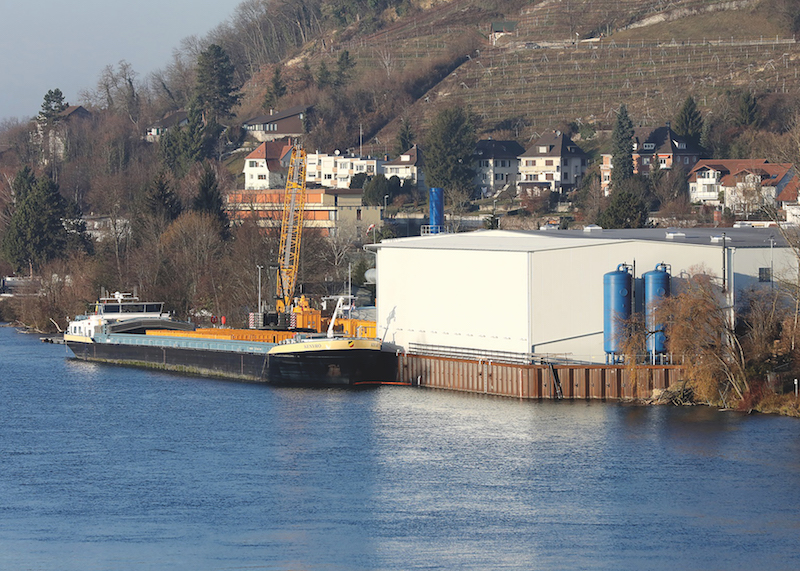Home \ International \ Remediation of the Kesslergrube landfill: Bauer Umwelt starts regular excavations
Remediation of the Kesslergrube landfill: Bauer Umwelt starts regular excavations
11/01/2018
Pubblicato da Redazione
Remediation of the Kesslergrube landfill: Bauer Umwelt starts regular excavations
The remediation project on the former site of the Kesslergrube landfill (perimeter 1/3 northwest) began in late summer 2015. Roche Pharma AG commissioned Bauer Resources GmbH and Bauer Umwelt, which specializes in contamination remediation, to carry out the work. After the large diameter boreholes for the installation of a secant bored pile wall had been concluded by Bauer Spezialtiefbau GmbH last year and the air-tight, sound-insulated enclosure was completed at the beginning of October, the time had come: the regular excavations started after a short trial operation in December 2017. These are scheduled to be concluded by 2020.
The excavations in the closure will be carried out in stages. After the northern construction site has been fully excavated, the excavation base in this area will be intensively sampled and after analytical confirmation that the target values have been reached (as much of the source of the impact has been removed as possible) refilled with clean soil material (e.g. from Rhein extraction site or quarry). As soon as the first construction phase has been renovated and refilled, the ventilation systems in the northern construction site will be relocated, meaning the southern zone can be renovated as the second section. Finally, the central zone will be renovated after the airlocks have been relocated.
The data gained on the basis of raster samplings allow an optimal control of the excavation logistics and quantity. On the basis of the data, it was possible to split up the entire excavation zone into around 1,800 excavation quadrants (each 100 cubic meters) with specific contaminant declarations. This makes it possible to excavate each quadrant, load it into gas-tight and accident-proof special transport containers, eject it and – depending on the contaminant composition – take it to the respectively suitable soil treatment plant in Germany or the Netherlands.
The excavation within the enclosure takes place conventionally using excavators and an intermediate level. If the excavator reaches the intermediate level, it is fully excavated. After that the excavation will proceed further to the intended end depths of around 8 to 14 meters. For this purpose, two excavators and two wheel loaders with the support of four mobile conveyor belts are used.
All work within the enclosure is carried out under protection level 2. This protection level contains an independent respiratory air supply. Therefore, all machines used within the remediation hall in the black area are equipped with a compressed air system for respiratory air supply of the driver. The time during which the employees carry out manual activities is reduced to a minimum and they wear protective suits and respiratory protection equipment. "The enclosure also ensures that no surface water comes into contact with the old waste deposits. A multistage groundwater filtering system treats the contaminated groundwater and directs it in a controlled manner into the adjoining Rhein", Jochen Kaspar, Project Manager of the general contractor Bauer Resources GmbH, explains.
The logistics concept drawn up by Bauer for the renovation excavations prescribes that the majority of the special transport container is driven two kilometers up the Rhein by boat to the port terminal in Auhafen, Switzerland. Here, the containers are loaded onto the rail and taken away for thermal disposal. A smaller part of the containers is driven down the Rhein into the Weil container terminal 9 kilometers away on the Rhein. From here, the transport takes place initially by truck and then on by rail to the prescribed disposal plants.
History of the Kesslergrube landfill site
The Kesslergrube landfill is made up of several former gravel pits in the Grenzach district of the Grenzach-Wyhlen community, which were created and operated between 1913 and 1969. From the 1950s until 1976 it was refilled with soil excavation, building rubble, household waste, industrial trash and waste from the chemical and pharmaceutical industry. The pits were backfilled by local industrial companies, refuse collection companies and the site municipality. The former Kesslergrube landfill has been under intensive examination by various engineering offices since 1991. All examinations were carried out in close coordination with the environmental department of the Loerrach district administration. In order to exclude long-term environmental hazards, the Loerrach district office determined in July 2011 on the basis of the assessment of the commission for the assessment of contaminated sites for the German state of Baden-Württemberg that the pit was in need of rehabilitation. The groundwater below the pit is contaminated with industrial materials. Extensive and detailed examinations confirm that no danger has originated or is currently originating from the former Kesslergrube landfill for humans or the environment, particularly for the drinking water catchment areas in the area surrounding the landfill site.

Ultime notizie di Bauer Macchine Italia
Perforation
30/09/2024
Bauer Spezialtiefbau modernizes John Hart Dam in Canada
Improvement of downstream public safety and facility reliabi...
Perforation
18/07/2024
Bauer secures port project in Scottish town of Ardersier
Bauer constructs diaphragm walls up to 42 m deep and anchor...

Perforation
05/12/2023
Bauer relies on full e-power during Dutch infrastructure project
Innovative electric drill rig from Klemm in operation for th...

Perforation
04/11/2023
Bauer India constructs the deepest diaphragm wall element
Bauer India constructs the deepest diaphragm wall element du...

Perforation
27/10/2023
Klemm Bohrtechnik GmbH celebrates double anniversary
This year, Klemm Bohrtechnik GmbH is celebrating two anniver...

Perforation
26/09/2023
Brownfield Remediation from A to Z on Berlin Airport Grounds
Alongside the operations building, they also needed to disma...
Altri International

International
23/11/2024
GPMat International takes delivery of two Raimondi T147s residential development in the South of France
- Official agent of France expands its product lineup with t...

International
22/11/2024
Sarens acquires additional SCHEUERLE SPMT K24 modules
renowned for its expertise in crane rental services, heavy l...
International
22/11/2024
Five WOLFF cranes modernize Oslo’s Ulven district
With a total of five WOLFF cranes of type 7534.16 Clear, Wol...

International
21/11/2024
Kleemann: New compact crusher used for recycling
Impact crusher MOBIREX MR 100i NEO impresses during operatio...
International
21/11/2024
SITECH partners with Royal Engineers to create poppy and demonstrate tech offering
The demostration involved creating a ground-level poppy desi...

International
20/11/2024
Strong and stable RA30 trucks carry the weight at New Caledonian mine
Three Rokbak RA30 trucks are delivering exceptional durabili...








































